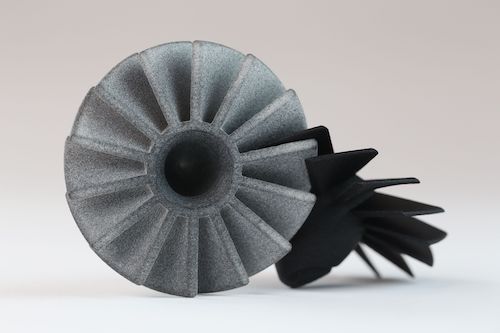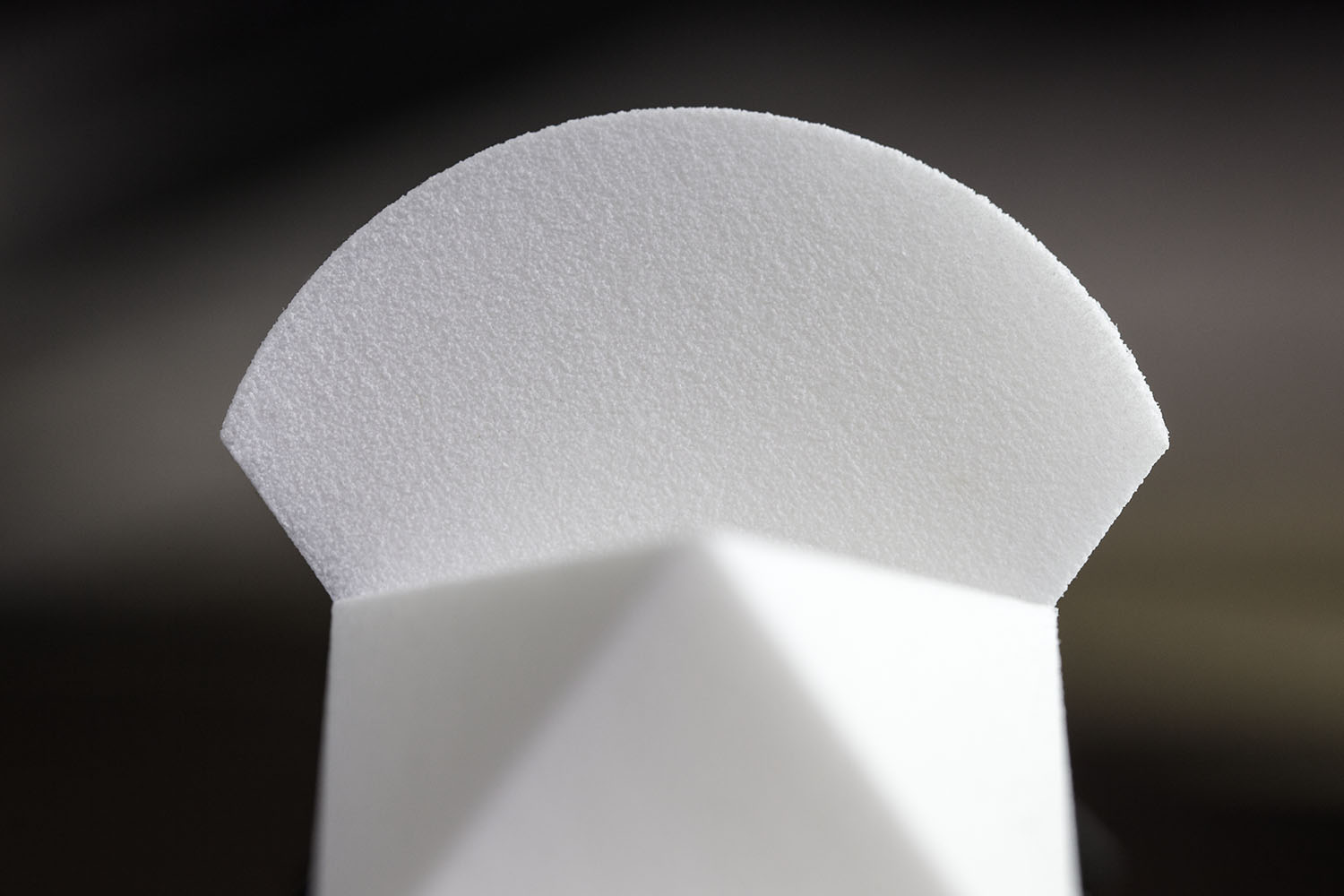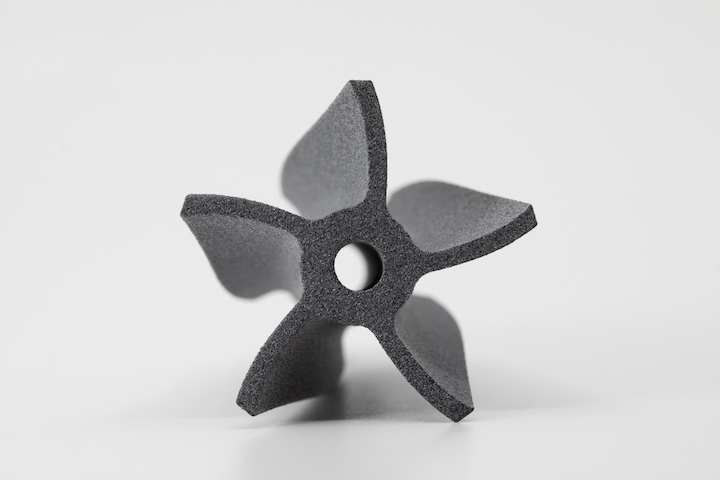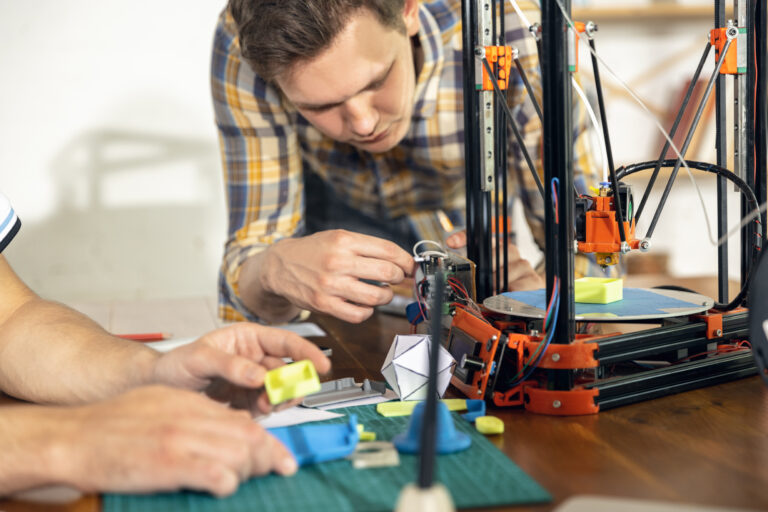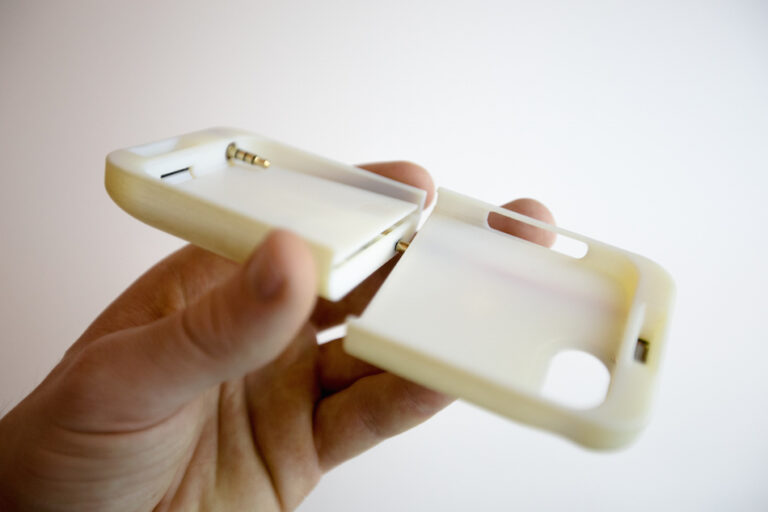Multi Jet Fusion, or MJF, is a cutting edge 3D printing technology from HP that helps companies accelerate time to market with production-grade 3D printing.
The technology works by spreading out a fine layer of powder, depositing a fluid in the desired locations, and then fusing those areas. The raw powder acts as support for the parts within the build bed. Once the parts are complete, they are cooled, cleaned, and media blasted for a smoother surface finish.
MJF is ideal for bridge production quantities in the hundreds, given that the daily output is comparatively higher than other 3D printing technologies. It’s also great for functional testing and form/fit validation because of its high resolution and excellent tensile strength and heat deflection. It can even produce end-use parts and is a great transition into injection molding, since MJF parts have homogenous mechanical properties.
MJF is a versatile process leveraged by a broad range of industries including healthcare, automotive, and consumer electronics. Some common applications include prosthetics, aerospace camera enclosures, dental molds, and automotive component molds.








